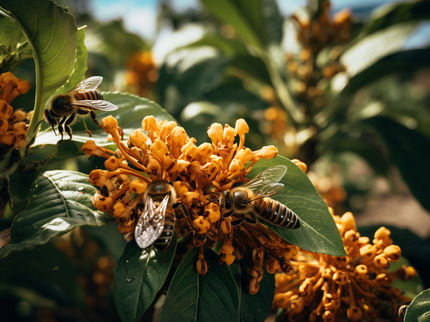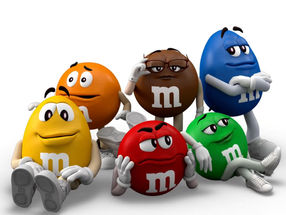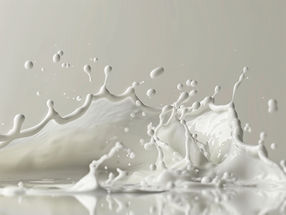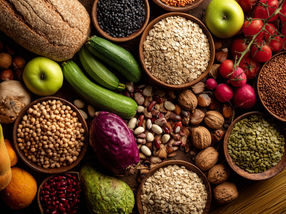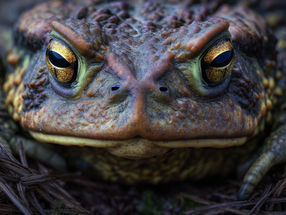Is chocolate becoming a luxury good?
Advertisement
Three questions for Frank Waskow, food expert at the NRW consumer advice center
Chocolate Easter bunnies are currently weighing heavily on many people's stomachs. This is because chocolate prices are continuing to rise significantly. Lindt's golden bunny, a kind of Easter symbol and price indicator, costs more than four euros for the first time in the 100 gram version. According to the Federal Association of the German Confectionery Industry, twelve million fewer chocolate bunnies were sold than in the previous year due to the sharp rise in cocoa prices. Some manufacturers have also already reduced the size of their chocolate bars. Frank Waskow, food expert at the NRW consumer advice center, explains the background and gives tips on how to save money.
Cocoa prices are on a rollercoaster ride due to climate change and speculation. But many types of chocolate only contain around 30 percent cocoa. Shouldn't these varieties be cheaper than others with 60 or 70 percent cocoa?
The prices of chocolate bars in retail stores are usually the same across all flavors. Easter bunnies, on the other hand, are priced differently depending on the cocoa content and variety. In fact, a chocolate bar with 30 percent cocoa should be cheaper than the 60 percent chocolate. However, the suppliers use a mixed calculation, which means that anyone who buys the 30 percent chocolate also pays for a piece of the expensive chocolate varieties.
How can people on a budget still sweeten their Easter celebrations?
Easter is the biggest holiday-related consumer occasion after Christmas. According to a survey by the German Retail Association (HDE), 78% of consumers want to give food as a gift. Our advice: It is much cheaper to buy Easter chocolate in bar form instead of bunny form. Calculated per 100 grams, bunnies are usually twice as expensive as bars. But here, too, it is worth taking a closer look. The Milka bars only weigh 90 grams instead of 100 grams, but still cost more, namely 1.99 euros instead of 1.49 euros. Ritter Sport's Alpine Milk variety has risen in price from 1.49 to 1.89 euros.
Will the effects of climate change turn chocolate back into a luxury product like it was 100 years ago?
The consequences of climate change are indeed hitting cocoa-growing regions hard. Around 80 percent of the cocoa we consume in Germany comes from Côte d'Ivoire and Ghana. The 2024 harvest there fell by almost half, mainly due to extreme weather conditions. Price reductions are therefore not in sight in the foreseeable future.
Note: This article has been translated using a computer system without human intervention. LUMITOS offers these automatic translations to present a wider range of current news. Since this article has been translated with automatic translation, it is possible that it contains errors in vocabulary, syntax or grammar. The original article in German can be found here.
Other news from the department business & finance
Most read news
More news from our other portals
See the theme worlds for related content
Topic world Weighing
Precise weighing is critical in laboratory and industrial environments. From accurate dosing of chemicals for research experiments to mass production of products, precise weight determination is often the first and most critical step. Modern balances and weighing instruments are sophisticated, offer impressive precision and are resilient to external influences such as temperature and humidity.

Topic world Weighing
Precise weighing is critical in laboratory and industrial environments. From accurate dosing of chemicals for research experiments to mass production of products, precise weight determination is often the first and most critical step. Modern balances and weighing instruments are sophisticated, offer impressive precision and are resilient to external influences such as temperature and humidity.





